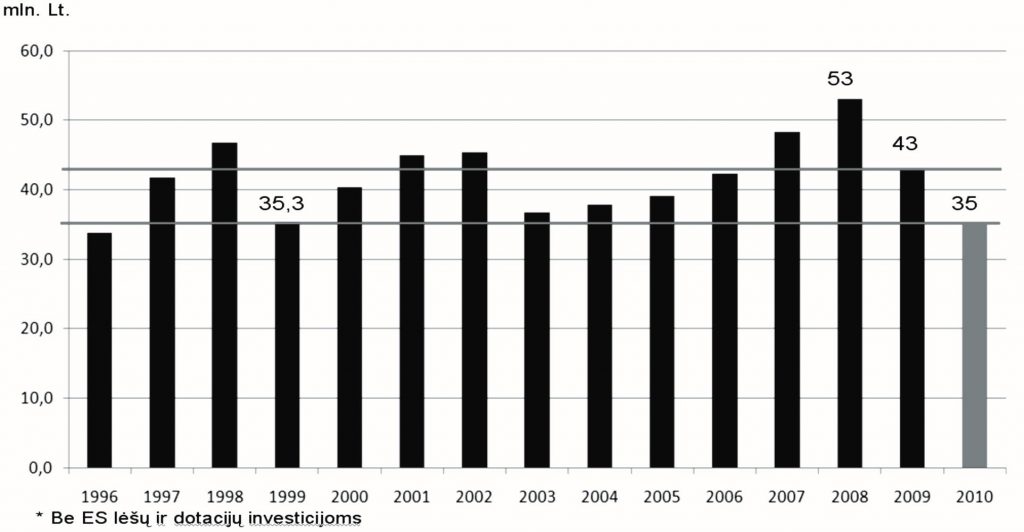National interviews reveal no manifest anxiety or unsettled conflicts in this area. The editor-in-chief holds a strong position according to press laws, and the bonds that once existed between political parties and their press are almost non-existent, except for the editorial pages. When it comes to radio and television, public broadcasters have built-in shields against political influence on the news. Public service charters are normally decided for six-year periods. As the election cycle is four years, new governments cannot change conditions for public service media when they take power.
The income streams vary across media. Public broadcasters rely almost only on licence fees, while advertising is not at all allowed in public service media. Private broadcast media are financed by advertising or subscriptions (pay TV). Morning papers’ incomes come from advertising, 65-70 %, and the rest mainly from subscriptions, afternoon tabloid papers’ print editions receive about 75 % of their revenues from copy sales and 25 % from advertising, while online news services’ revenues mainly come from advertising and a small part from subscriptions.
Sponsorship in public television is strictly regulated and the current government has further sharpened the conditions and the number of yearly events possible to sponsor. In commercial TV, rising revenues might be hidden product placements by external production companies. The public service company Swedish Television has started in-house training to enhance the capacity of their personnel to identify and avoid product placements. regional media companies see no real problems with external pressure in terms of lobbying, news management efforts or linkages between newsroom work and outside business interests.

